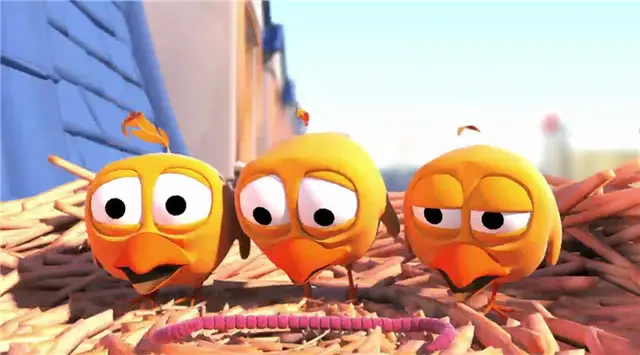Australian animals that look "ugly" attract little or no research funding, leading to poor conservational outcomes, researchers say.
The study, published in the Mammal Review journal on Monday, found Australian animals that scientists deemed "ugly" received minimal scientific attention in comparison to their more aesthetically-pleasing counterparts.
Researchers from Western Australia reviewed scientific literature on 331 species of Australian mammals, and grouped each animal's appearance under one of three banners: "good", "bad" or "ugly".
The "good" group included some of Australia's most recognizable native fauna, including kangaroos, echidnas, koalas, while the "bad" featured introduced, invasive species like rabbits, cane toads, cats and foxes.
Some of the animals dubbed "ugly" were sub-species of bats and rodents, and according to researchers, that group made up almost half (45 percent) of Australia's total fauna.
Two types of bats, known for their peculiar looks, were the orange leaf-nosed bat and several species of ghost bats or false vampire bats.
Associate Professor Trish Fleming from Murdoch University, who worked on the study, explained that scientists weren't rejecting these ugly animals on purpose.
"They mostly come out at night and (are) small so they aren't as obvious, they also aren't considered to drive ecosystems but they are important organisms," Fleming told the Australian Broadcasting Corporation (ABC) on Monday.
"I'd like to think that we aren't completely driven by charismatic species but funding tends to be directed towards them and funding tends to drive where research efforts are placed."
Curtin University's Bill Bateman, co-author of the study, said it was time Australians learned the significant role these creatures played in the environment.
"For the ugly animals, the small bats and rodents, it's very difficult for people to understand how important they are," Bateman told the ABC on Monday.
"But they are very important seed dispersers, pollinaters and sources of food for multiple other species."
Bateman said that researchers were often discouraged when trying to fill the knowledge gap on certain species, with editorial boards of major journals turning down an idea due to "limited interest".
He said Australia has lost around 20 native species since European settlement in 1788, and could lose another 20 on the verge of being wiped from the planet.
"I think it would be tragic if we ended up causing the extinction of even more without even knowing anything about them," Bateman said.
 简体中文
简体中文

